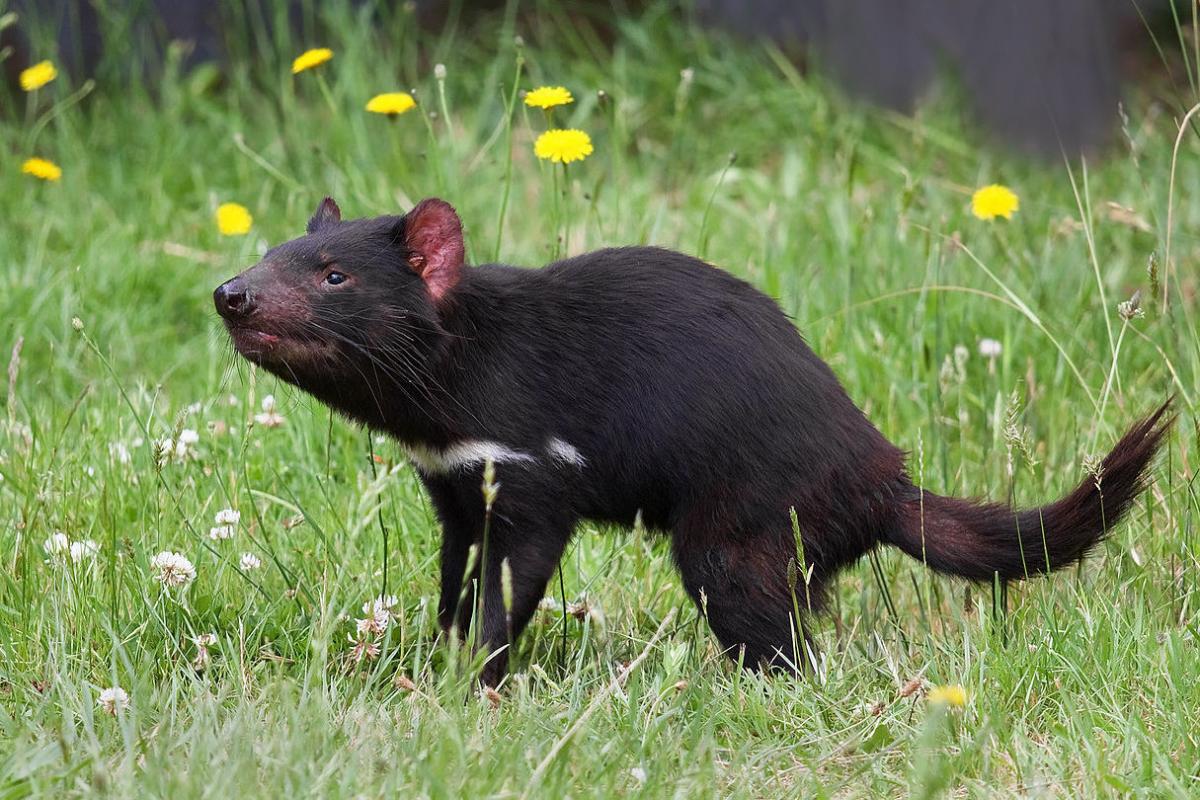Y: Uh, Don, why do you look like you're trying to eat that mirror?
D: I'm trying to get a good look at my molars, Yaël.
Y: Can I ask why?
D: Scientists in Australia identified a new extinct marsupial using a fossil of its molar tooth they found. Who knew teeth could say so much?
Y: Well, I don't know if your molars can tell us more about you than we already know, so why don't you put the mirror away and tell me more about this marsupial.
D: Alright, alright. Scientists found it in a fossil site in remote Queensland they recently discovered, and named it Whollydooleya tomnpatrichorum. They think it was a hypercarnivore, meaning more than seventy percent of its diet was meat, and that it probably lived during the mid or late Miocene period, so around sixteen to five million years ago. It's related to Australia's largest flesh‑eating marsupial, the Tasmanian devil, but this extinct species was a lot bigger. Whereas the Tasmanian devil weights about 22 pounds, Whollydooleya probably weighed between 44 and 55 pounds.
Y: Pretty big. I wouldn't want to come across one of those in the Australian forest. Or desert? What was Australia like back then?
D: It was drying out a lot. Scientists don't know much about the period, but they do know that the animals were getting bigger, and the ancient wet forests were turning more and more arid. Since Whollydooleya lived during an extremely dry phase, researchers think it's possible to link its extinction with climate change.
Y: To be honest, I'm not too torn up about it--I prefer my giant flesh‑eating marsupials as fossils, anyway.










